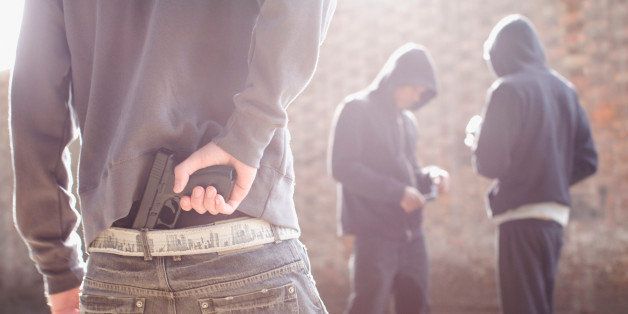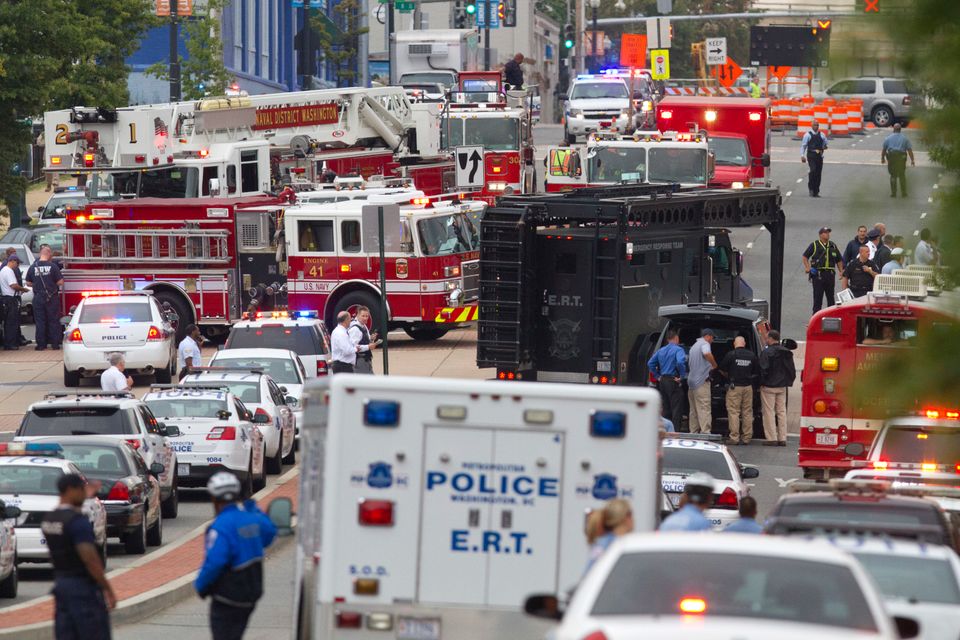
Hate crimes reported in Los Angeles County declined 6 percent from 2011 to 2012, reaching the second lowest number in 23 years, but there was a slight uptick in the rate of violent incidents over that same year, according to a new Los Angeles County Commission on Human Relations report.
Continuing a downward trend since 2007, the number of reported hate crimes fell from 489 incidents in 2011 to 462 last year, according to the commission's 2012 Hate Crime Report. The figure is roughly half of the number reported in the late 1990s and early 2000s.
"We're obviously pleased about the general decline," said Robin Toma, executive director of the Los Angeles County Commission on Human Relations. "We think it's (due to) a lot of factors...increased investment by our governments and communities in the nonpunitive approaches to dealing with hate crimes, getting to the root causes of where it's coming from, working in the schools, implementing more policies and practices that are countering prejudices and bigotry."
Nearly half of all reported hate crimes in 2012 were motivated by race, ethnicity or national origin, with African-Americans being targeted most frequently -- 66 percent of the time -- followed by Latinos -- at 18 percent. Sixty-eight percent of anti-black crimes in which a suspect was identified, or 73 incidents, were committed by Latinos. In about half of those cases, there was evidence that the perpetrators were gang members, the report found.
African-Americans were suspects in 58 percent of anti-Latino crimes, or in 18 cases, and none were reported to be gang related.
The percentage of racial hate crimes in which blacks target Latinos has increased from 6 to 8 percent from 2003 to 2012, while the percentage of racial hate crimes in which Latinos target blacks has increased from 24 to 31 percent during the same period, according to commission data.
Leon Jenkins, president of the NAACP Los Angeles, said it was incredulous that these two groups would commit hate crimes against one another.
"We've all experienced certain types of glass ceilings in our jobs and education and in our social and political aspirations," Jenkins said. "For these same people (to say) 'I'm going to discriminate or have harsh feelings against those in the same environment and situation we're in defies logic."
Community outreach
The Commission on Human Relations is working with its community partners in areas where there have been high levels of gang-related crime, Toma said.
"We know there's been a lack of after-school programs for young people, mentoring, family and parenting support," Toma said.
"We're working with respected ex-gang members to reduce the violence" through the county's gang violence reduction initiative, he added.
The multi-year initiative, which was launched in 2007, has lowered and kept low the number of hate crimes in the targeted areas of Monrovia-Duarte, Florence-Firestone, Harbor Gateway and Pacoima, Toma said. Though the program is ongoing, its funding has been scaled back considerably in recent years, he said.
Sexual orientation attacks made up 28 percent of hate crimes in 2012 and they were more likely to be of a violent nature (79 percent) than either racial (61 percent) or religious crimes (15 percent), the report found.
The rate of violence for all reported hate crimes in L.A. County has decreased from 70 percent in 2003 to about 58 percent in 2012 though it rose from 51 percent in 2011, according to data provided by the commission.
Seventy-nine percent of reported sexual orientation crimes were violent in 2012, up from 71 percent the year before while the percentage of violent racial crimes grew from 54 to 61 percent. The rate of violence for gender crimes also grew from 86 to 92 percent, while it decreased for violent religious crimes from 20 to 15 percent, the report found.
When transgender individuals were targeted by hate crimes, it was most often by violence. From 2008 to 2012, 95 percent of all hate crimes against transgender individuals were violent while 78 percent of hate crimes involving whites and 75 percent of Latinos were violent. There were three reported cases of attempted murder involving seven victims in 2012, the report found.
The most number of hate crimes was reported in the Metro region followed by the San Fernando Valley. However, per capita, the Metro region and the Antelope Valley tied for having the highest rate of hate crimes in 2012.
(c)2013 the Daily News (Los Angeles)
Visit the Daily News (Los Angeles) at www.dailynews.com
Distributed by MCT Information Services
